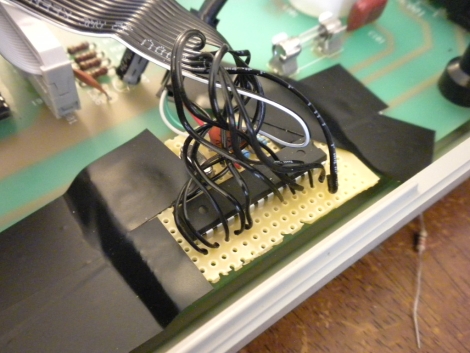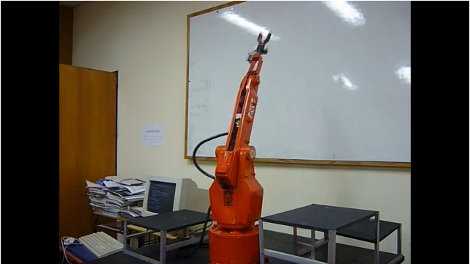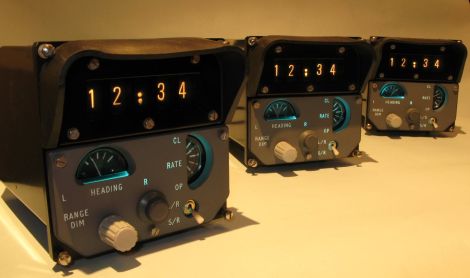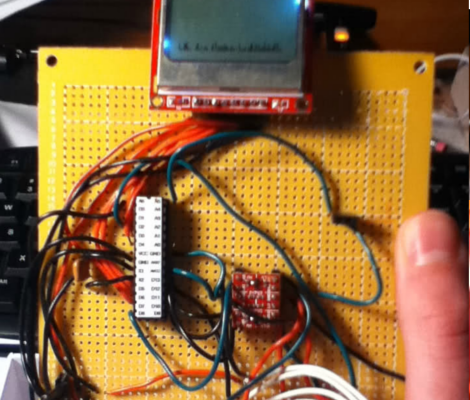Kids love games of exclusion. This usually manifests itself in games of ‘keep away,’ having someone ‘catch cooties,’ or the ever-popular ‘No Brian club.’ [Rob] wrote in to tell us about the digital cootie detector he built. The cootie detector operates on galvanic skin response. It’s actually very similar to an E-Meter, although instead of Thetans this device measures something that actually exists.
Galvanic skin response is a measure of the skin’s conductivity. Skin conductivity changes because sweat glands will be activated when someone is nervous. This is a measure of psychological arousal, making it a great detector for games of exclusion – a kid who doesn’t want cooties will ‘psych themself out’ and give themselves cooties.

















